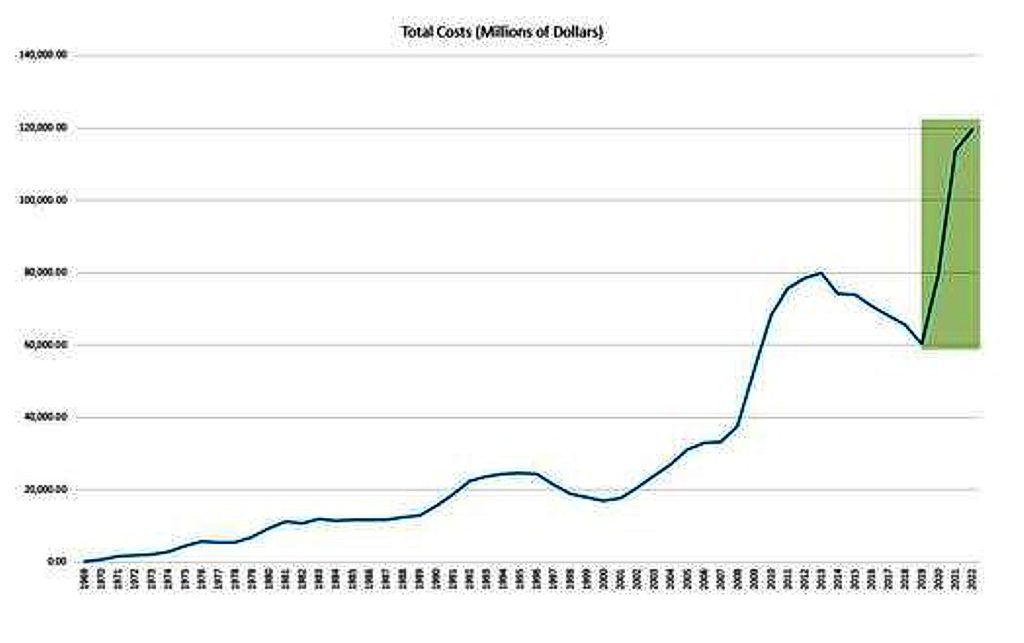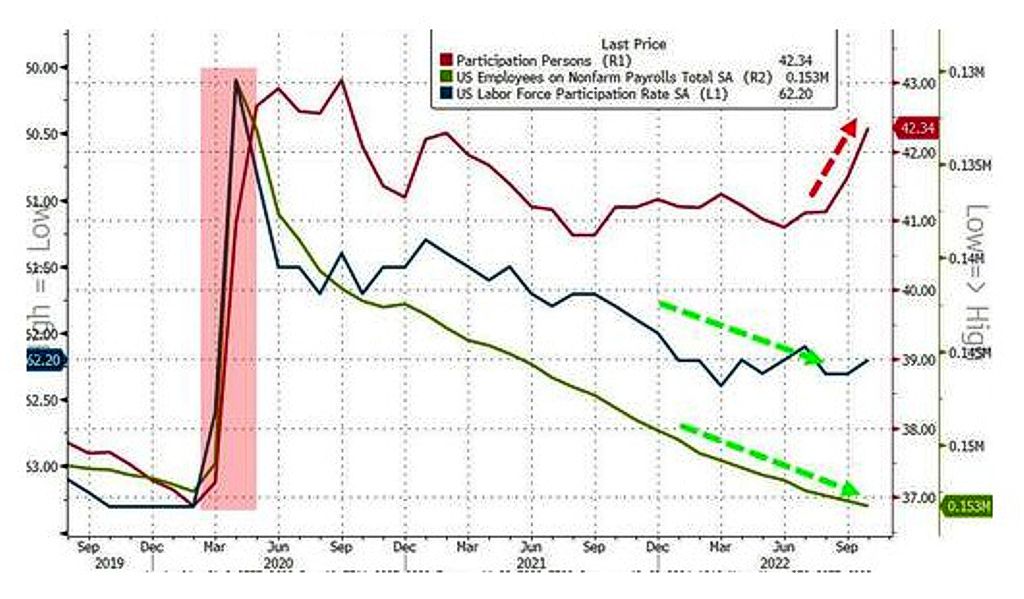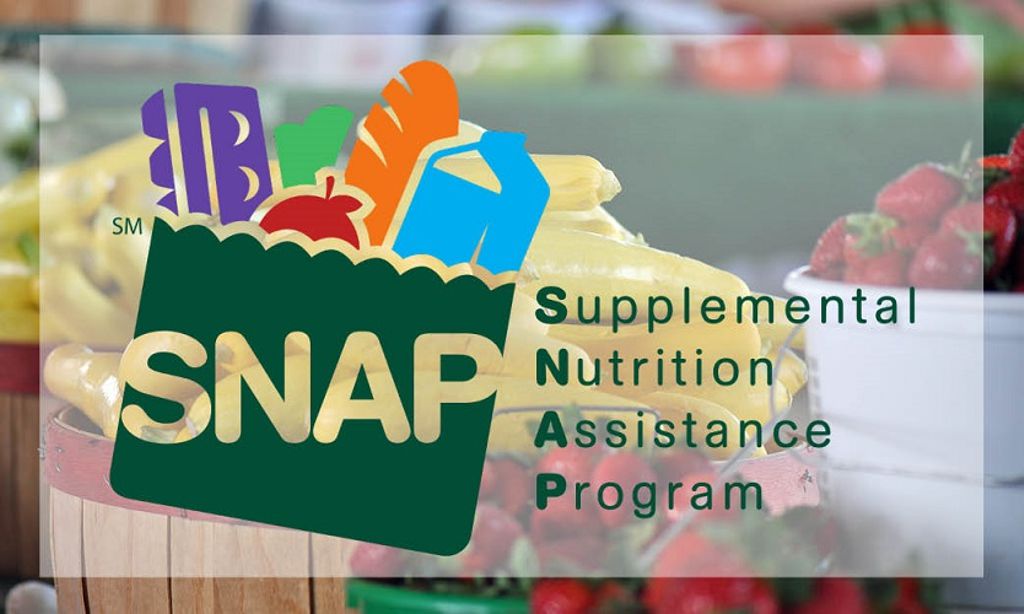The Supplemental Nutrition Assistance Program (SNAP), formerly known as the Food Stamp Program, is a federal assistance program aimed at reducing food insecurity and poverty by providing low-income individuals and families with financial assistance to purchase food. Administered by the U.S. Department of Agriculture (USDA), it is the largest nutrition assistance program in the country. It serves as a critical safety net for millions of Americans in need.
What has been happening recently with the SNAP program?
A federal agency said that millions of Americans who are in the Supplemental Nutrition Assistance Program (SNAP) would see decreases in payments after February. The agency said that the emergency allotments gave most SNAP households approximately $95 in extra payment.
“All SNAP households have or will see a decrease to the SNAP benefits they receive when emergency allotments end. Some SNAP households already experienced that change; others will in February or March 2023,” FNS said in the announcement.”
The cost of the SNAP increased to a record $119.5 billion in 2022, according to data released by USDA, and has nearly doubled since 2019. SNAP costs increased from $60.3 billion in 2019, the last year before the pandemic, to a record-setting $119.5 billion in 2022. The number of participants had increased from 35.7 million in 2019 to almost 42 million in 2022. See this in the chart below and learn more here.

The SNAP budget 2023, easily the largest in the USDA, is proposed to increase to $111 billion from $105.8 billion. SNAP, formerly known as the food stamp program, is an incredibly efficient program both for those who use it and for the economy as a whole; despite this, Senate Minority Leader Mitch McConnell has, according to Politico’s reporting, refused to extend some of the universal nutrition assistance programs that were created during the worst of the pandemic.
States offered additional money throughout the pandemic. The increased costs are partly attributed to a higher monthly benefit during the pandemic. According to USDA data, the average monthly per-person benefit was $129.83 in 2019. It increased by 78 percent to $230.88 in 2022.
How many Americans are on the SNAP program? According to governmental data (pdf), almost 42 million persons or 22 million households have registered in the SNAP as of October 2022. See this in the chart below.

Just over two years ago, then-President-elect Biden addressed the nation in a prime-time speech to propose his economic agenda – a plan for a strong, worker-centered economic recovery from the pandemic, followed by long-term investments to lay the foundation for more durable, resilient, and inclusive long-run growth.
If Biden is telling us the truth about his fantastic economy – why such a shocking growth in the SNAP program?
By Tom Williams









